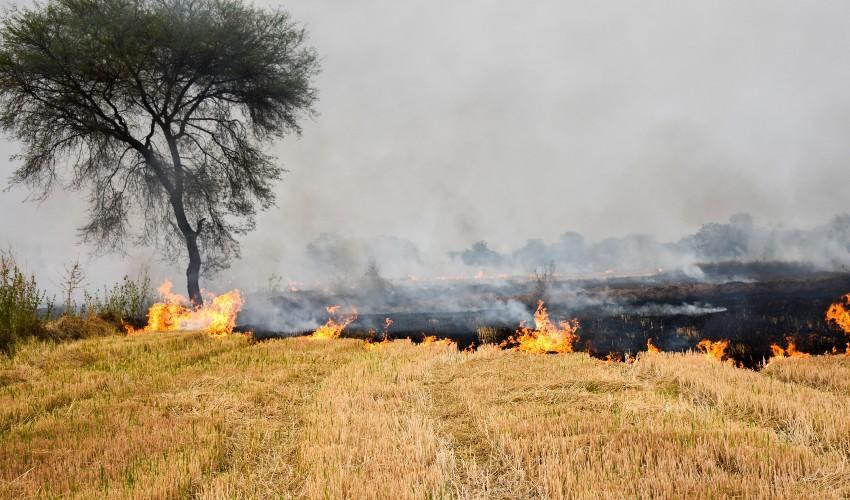
War in Ukraine: Risk of Famine at Highest Point in Decades
AN ANALYSIS BY GUIDO ALFANI AND CORMAC O GRADA EXAMINES THE CAUSES OF PAST FOOD SHORTAGES, WITH IMPLICATIONS OF GREAT RELEVANCE FOR TODAYFamines have devastated entire regions throughout human history. We are inclined to think that they usually occur as a consequence of armed conflicts that are especially frequent in the poorer areas of the world, but a long-term analysis conducted by Guido Alfani (professor of Economic History at Bocconi University) and Cormac Ó Gráda (professor emeritus of Economics at University College Dublin) for the Centre for Economic Policy Research shows that before the industrial age, famines were caused by demographic pressure combined with abnormal atmospheric events. These factors, combined with the ongoing war in Ukraine and the continuing Covid-19 pandemic, are still at work today.
Excessive population pressure, resulting from population growth that could not be sustained by available food resources, was at the root of the famines observed until about the mid-18th century. But that factor, though necessary, was not by itself sufficient. The triggering events were climatic in nature: if crops were poor due to bad weather in the spring and summer for more than two consecutive years, the risk of famine was extremely high.
Famines that occurred from that period onward, on the other hand, can be more directly linked to human interventions: mismanagement of resources, disparities in access to food, in some cases even deliberate attempts to starve entire populations, as well as conflicts.
What indications for the present can be drawn from observing such a long period in the past? Until a few years ago, there was moderate optimism related to the slow but steady decline in the number of people in food deprivation. The occurrence of extreme weather events related to human-caused climate change and the Covid-19 pandemic, unfortunately, reversed the positive trend. While about 8 percent of the population was malnourished in 2018, the figure jumped to 9.8 percent in 2021.
In the last six months, these already worrying circumstances have been compounded by the war in Ukraine, which is known to involve one of the most important grain-exporting countries. We are therefore at a crucial point: will this war be the detonator of a severe famine? According to Alfani and Ó Gráda, “this question has no easy answer. Although, in the current situation, all the major factors associated with past famines appear to be present simultaneously, much depends on future and unforeseeable developments. One thing, however, is clear: the risk of famine is today much higher than it has been for many decades. It must not be underestimated.”
by Andrea Costa
